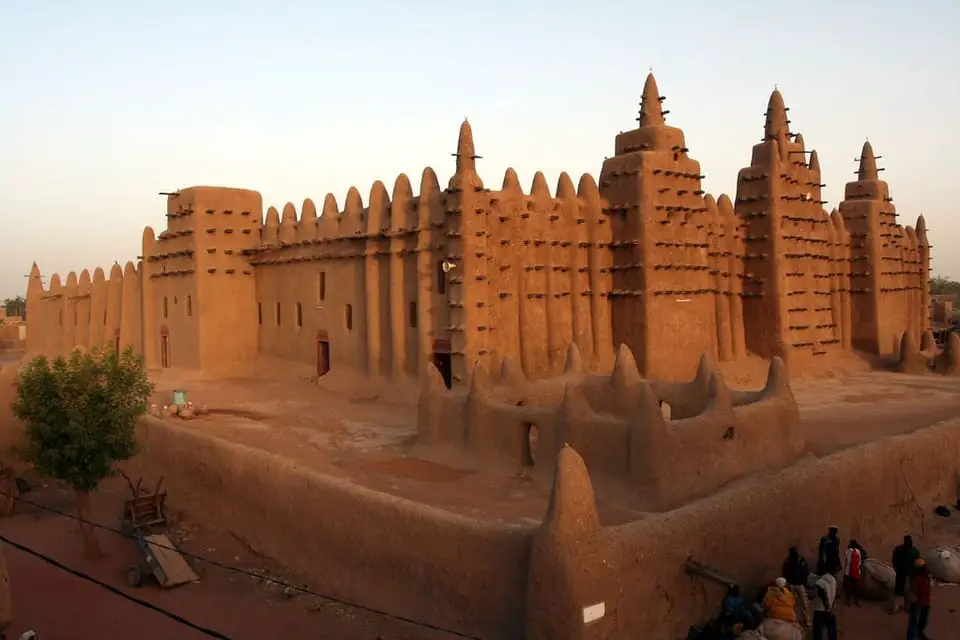Unlocking the Secrets of the Pyramids of Giza: How Were They Built?
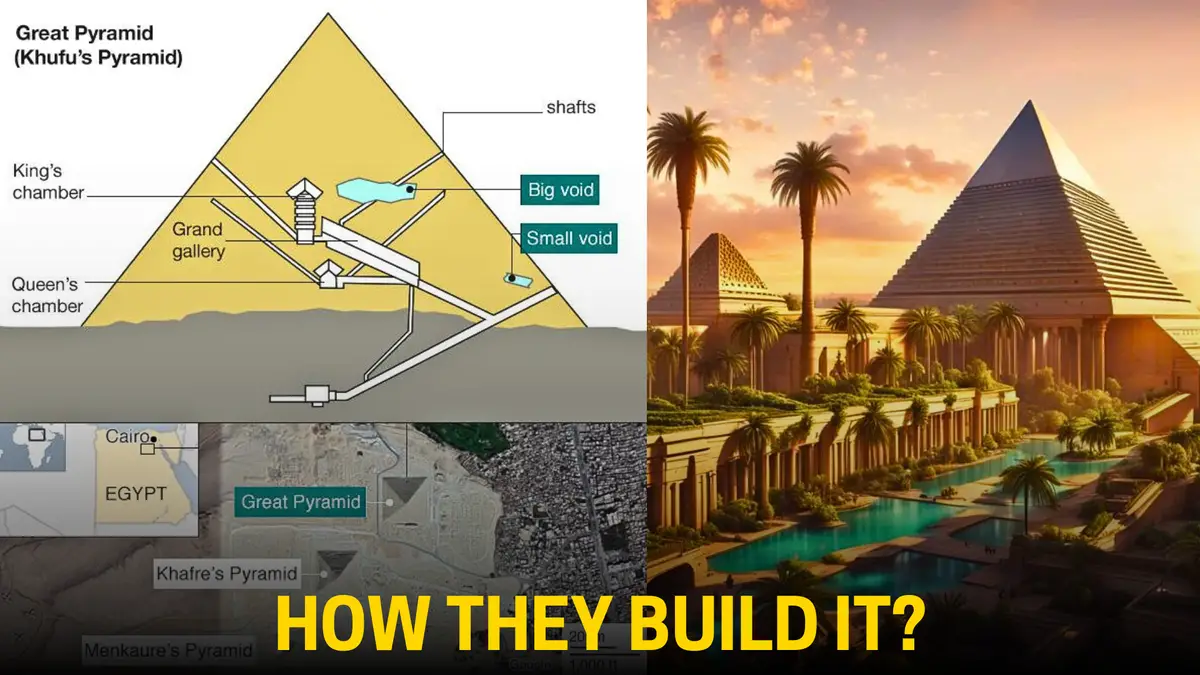
The Pyramids of Giza, shrouded in mystery and wonder, have captivated humanity for millennia. These awe-inspiring structures, tombs of ancient Egyptian rulers, stand as testaments to human ingenuity and architectural prowess.
But how did the ancient Egyptians construct these colossal monuments? A recent discovery involving a lost river is reshaping our understanding of this ancient feat.
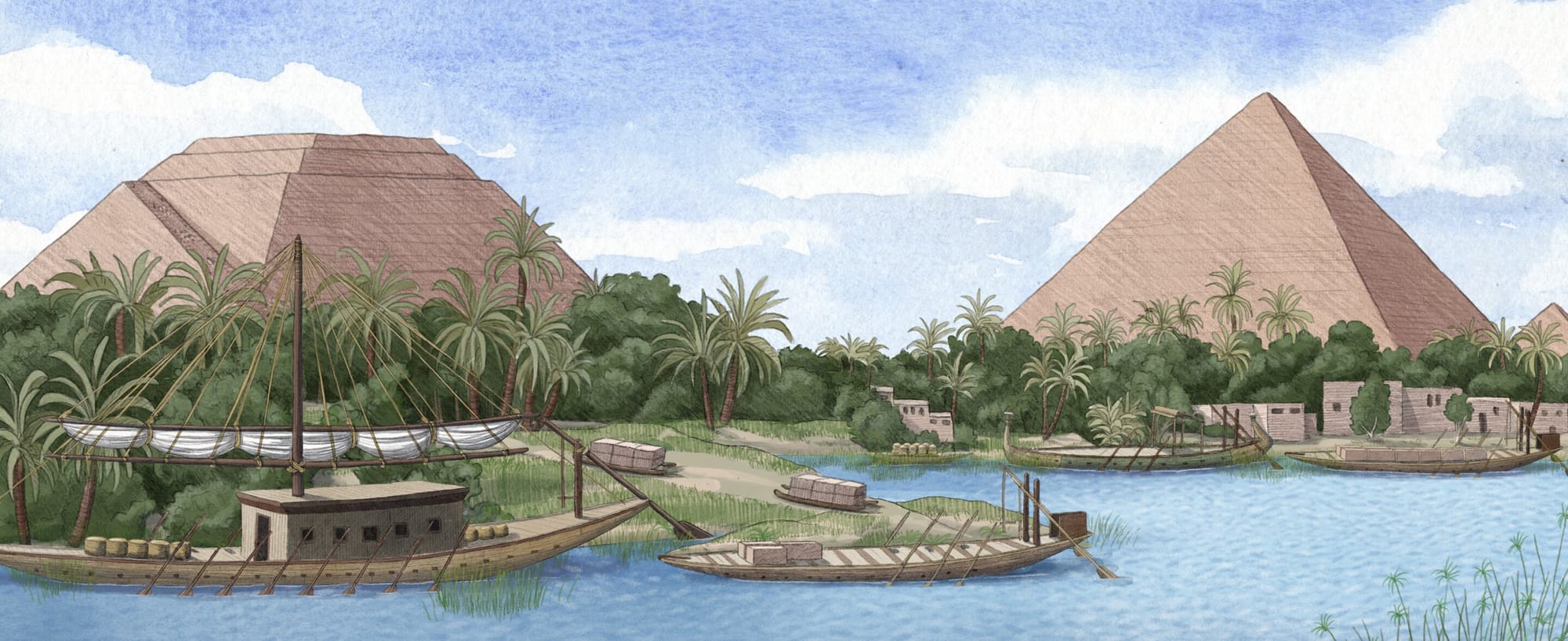
For centuries, the prevailing theory centered around massive ramps and thousands of laborers dragging colossal stones across the desert. While ramps and manpower undoubtedly played a role, new evidence suggests a more ingenious method: water transport.
Scientists, using cutting-edge technology like ground-penetrating radar and sediment analysis, have unearthed a groundbreaking discovery: a lost branch of the Nile River, the Ahramat Branch, once flowed right past the Giza Plateau. This revelation is transforming our understanding of how the pyramids were built.
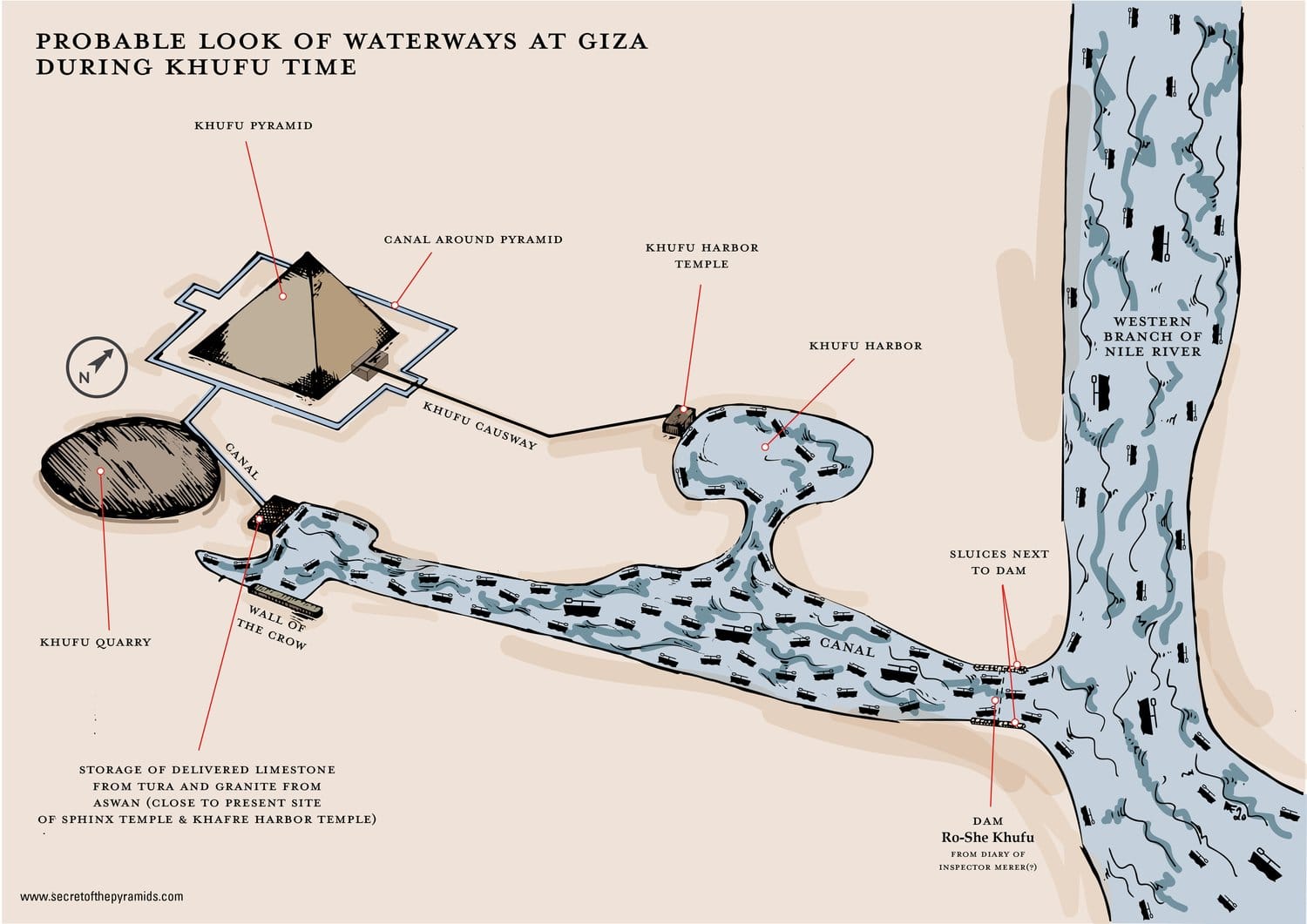
Imagine this: massive blocks of limestone, some exceeding two tons, quarried miles away and loaded onto wooden barges. Skilled sailors then navigated these barges along the Ahramat Branch, transporting the pyramid's building blocks right to the Giza Plateau.
This ingenious use of the Nile's power highlights the ancient Egyptians' resourcefulness and ability to overcome seemingly insurmountable logistical challenges.
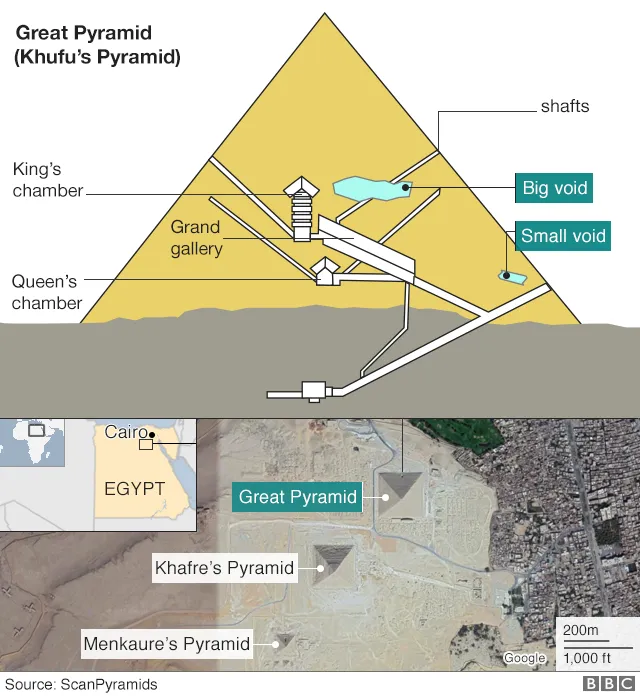
However, even with the river's advantage, constructing the pyramids remained a monumental task. The Ahramat Branch facilitated long-distance transport, but maneuvering those massive stones uphill and into the pyramid structure presented another hurdle.
Archaeologists believe the Egyptians relied on a combination of earthen ramps, wooden rollers, and copper tools to precisely position the blocks.
The pyramids represent more than just massive stone structures. They are intricate complexes, featuring hidden chambers, secret passageways, and ingenious ventilation shafts.
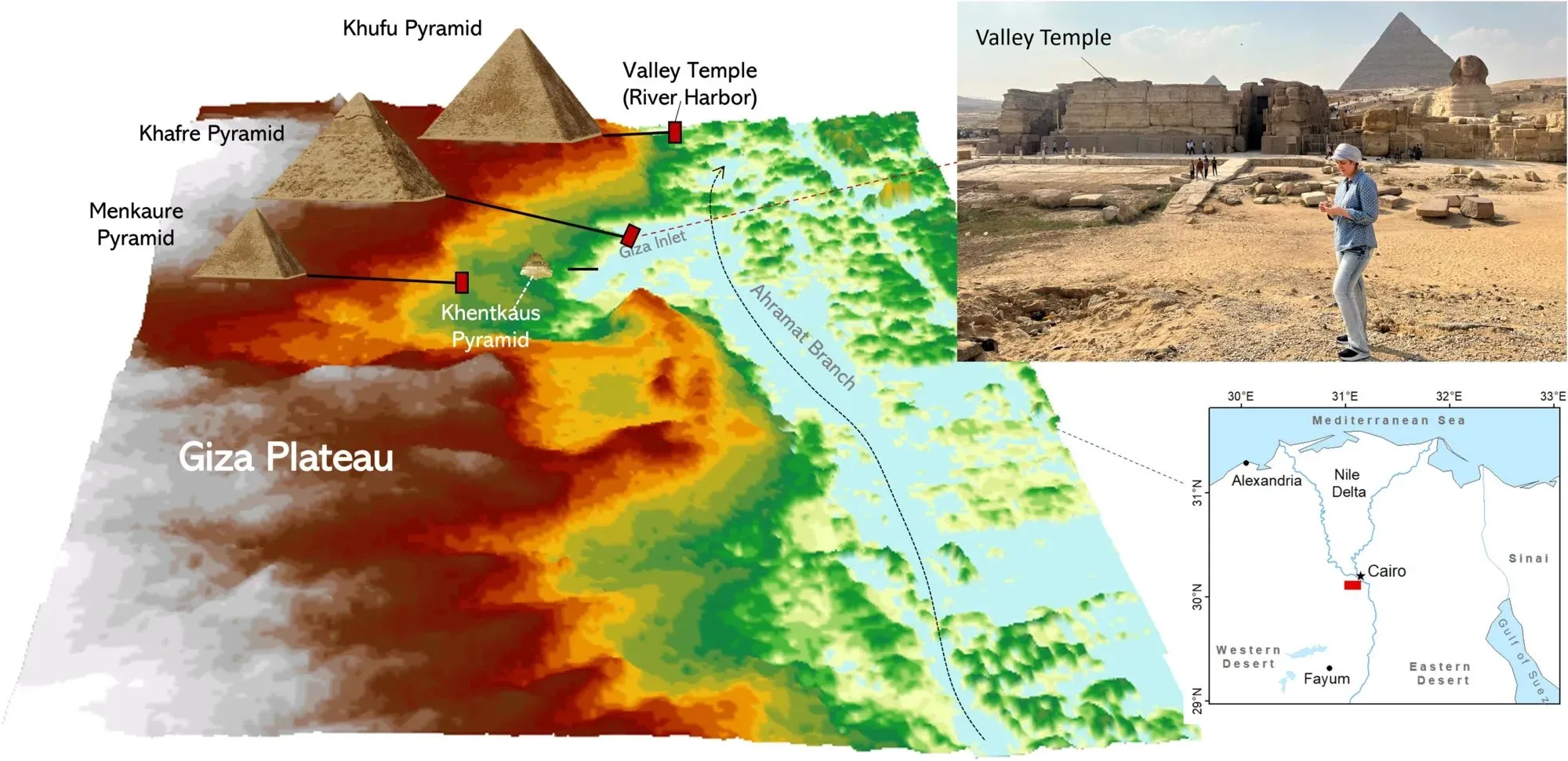
These elements illustrate that the pyramids were not merely tombs; they were powerful statements, expressions of religious beliefs, and enduring testaments to the ancient Egyptians' architectural genius.
The next time you gaze upon an image of the Pyramids of Giza, remember the river and the ingenuity of those who built them.
Recall the generations of workers, the skilled architects, and the pharaohs who envisioned these everlasting monuments. These structures have endured for millennia, a testament to human ingenuity and the enduring allure of ancient Egypt.



